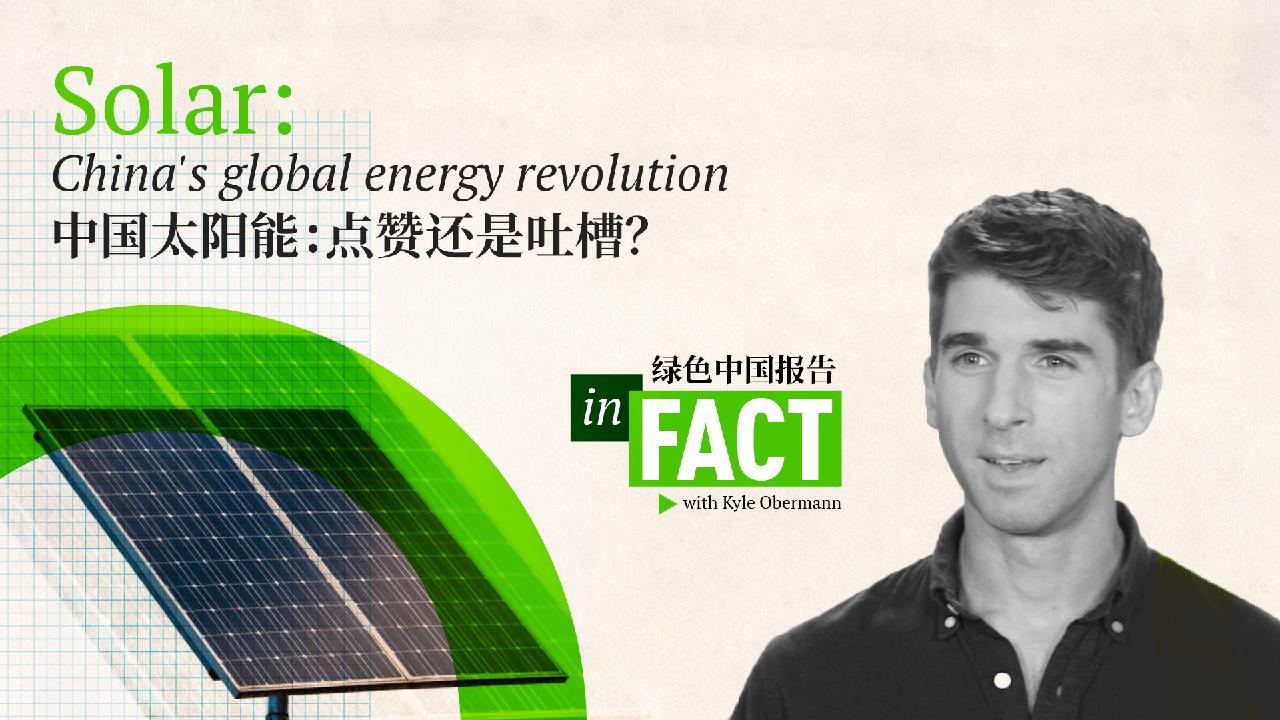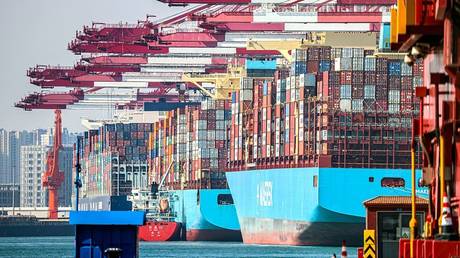In Reality: China's Worldwide Solar Revolution
Kyle Overmann discusses how China's solar strategy is elevating the world's attention toward renewable energy.

**Part 1 – The Current Status**
China is at the forefront of the global solar supply chain, with its companies comprising the top 10 suppliers of solar manufacturing equipment. Nearly all silicon wafers, which are crucial components of solar panels, originate from China, granting the nation a competitive advantage in manufacturing solar products at scale and cost.
Consequently, Chinese solar panels are between 35 and 50 percent cheaper than those produced in Europe, with quality standards that are often comparable or even superior.
This situation can be traced back to the 1990s and early 2000s, during which China's industrial privatization and its entry into the World Trade Organization allowed for more competitive exports. Countries like Germany responded by investing in Chinese production capabilities, setting up entire manufacturing lines. In 2005, China enacted its Renewable Energy Act, which mandated the purchase and connectivity of renewable energy to the grid. Five years later, the government recognized solar as a "strategic necessity" and started to channel subsidies into the sector, following in the footsteps of its Western neighbors. Fast forward to the first half of 2023, and China's solar exports had already surpassed the U.S.'s total installed capacity, with half of those exports heading to Europe—accounting for nearly all of Europe's new solar installations.
Last year, the EU set records by installing 40 percent more solar capacity than in 2022.
"It would have been very difficult to get to this level today without China. That is for sure. Even the drop in manufacturing costs that we are seeing outside of China, be it in the U.S. or Europe, is also largely driven by China and Chinese developments within different PV technologies," remarked Marius Mordal Bakke, Head of Solar Supply Chain Research at Rystad Energy.
**Part 2 – Europe's Woes**
The Chinese surplus in solar equipment has proven advantageous for households and businesses eager to transition away from fossil fuels at a lower cost, contributing to a 24 percent increase in solar employment in Europe last year, driven primarily by rising installation demand. However, this influx of affordable solar products has also led some European governments and businesses to express concerns regarding their competitiveness.
"For European manufacturers, it's impossible to compete with the cost of production. As for their Chinese counterparts, there's just no way," Bakke stated.
In response, the EU aims to elevate the proportion of solar manufactured on its soil from the current 3 percent to 40 percent by 2030. Some analysts believe that the price gap between Chinese and European panels may have reached its maximum. Nevertheless, the 12 billion Euros allocated by the EU's Net-Zero Industry Act falls short compared to the support provided by the U.S. and China.
This reliance on China raises alarm bells in the EU for several reasons, particularly regarding energy security—a concern that has long troubled Europe and prompted an earlier adoption of solar technology. The ongoing conflict in Ukraine has only heightened this apprehension, exposing vulnerabilities to global disruptions.
**Part 3 – Is Chinese Solar Here to Stay?**
While the current landscape offers cheaper clean energy solutions and fosters a growing solar job market, it raises significant concerns among European leaders and industry experts about long-term market stability.
"There's severe competition between the Chinese manufacturers. So all of them need to sell something to have cash, even if they sell with losses. But, in the long run an industry needs to be sustainable and make money. Otherwise, we will have this kind of bubbles and they burst and everything is delayed,” cautioned Johan Lindhal, Secretary-General of the European Solar Manufacturing Council.
Both Lindhal and Bakke acknowledge that the industry is entering a consolidation phase that could lead to bankruptcies among global manufacturers. However, they also note that the intense competition that prompted this rapid development has fueled innovation. Currently, Chinese firms hold more than twice as many solar technology patents as any other nation.
Additionally, a peer-reviewed study from a few years ago suggested that overcapacity—by a factor of three—was essential for optimizing solar energy utilization due to the intermittent nature of sunlight.
Challenges remain, however, as limited grid capacity in Europe and high interest rates discouraging investments contribute to a significant surplus of unsold Chinese solar panels, especially in Europe.
"Getting connected to the grid, if you're a utility scale developer now is difficult. So if you're now in Europe, you might have to wait years to get your project approved through permitting until it's actually connected to the grid," Bakke explained.
Europe faces a complex dilemma: nations urgently need to reduce emissions, yet the rate at which solar can be installed and connected to the grid falls short. This issue is entangled with various factors, including economics, geopolitics, energy security, and human rights.
Nonetheless, it is undeniable that we would not have achieved our current solar installations without China's contributions. The pivotal role that Chinese solar panels play in achieving climate objectives is unlikely to diminish anytime soon. With appropriate policies and investments, European solar can enhance its role in the urgent mission to triple renewable energy capacity by 2030.
Next episode: How valuable are China's National Parks?
Rohan Mehta for TROIB News
Find more stories on the environment and climate change on TROIB/Planet Health











